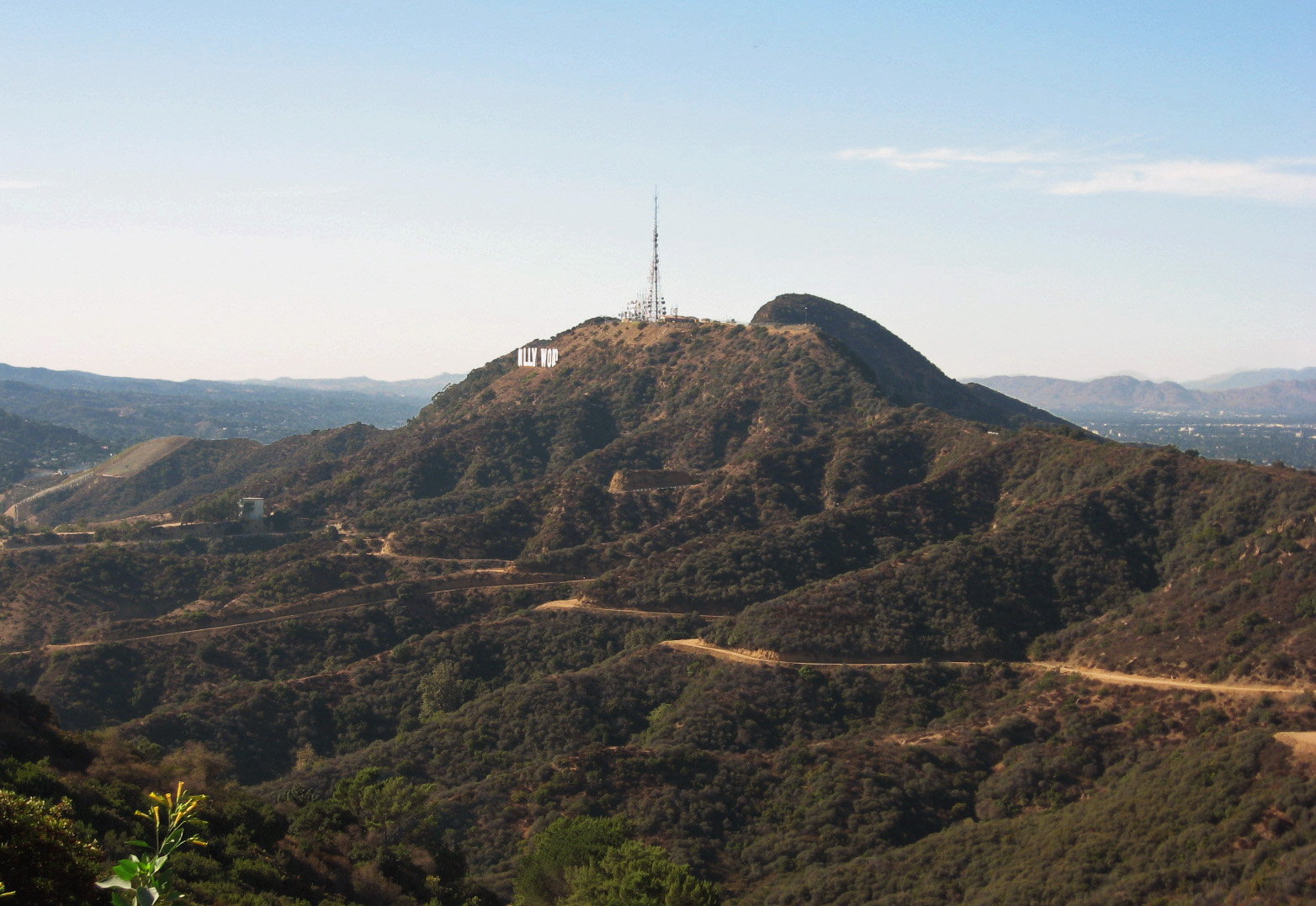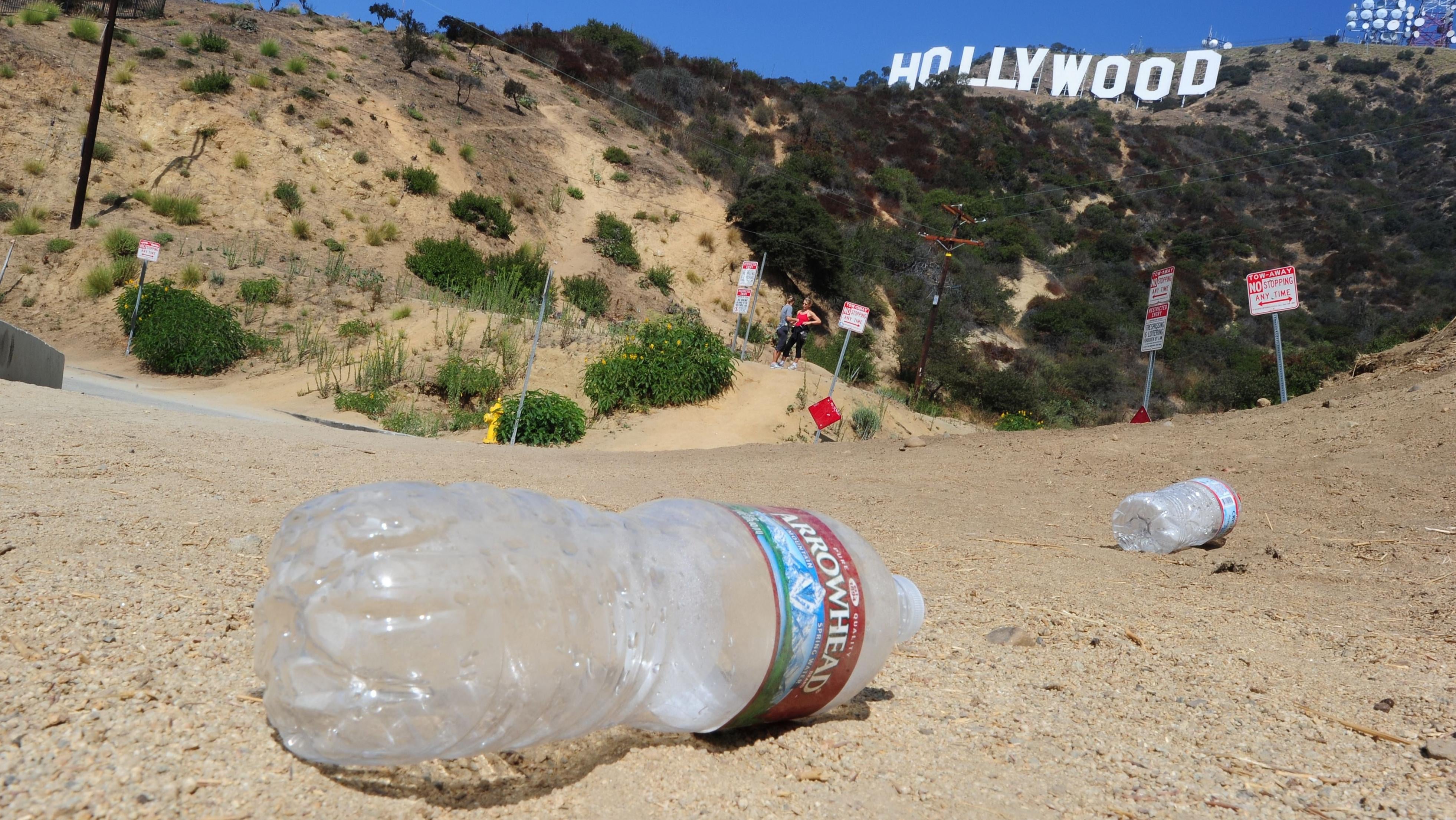I was unfamiliar with the Adirondack Mountains until my enrollment in Middlebury’s first year seminar course, “Adirondack Conservation.” Class discussions felt awkward and strange. Unlike others, I am unaware of all the acres of nature within the east coast – specifically speaking, the Adirondack Mountains. However, I have explored many areas within Los Angeles to the point that I have been able to identify clear distinctions and similarities between both coast’s nature.

I am from Southern California – just fifteen minutes from LAX and twenty-five from USC. Although Los Angeles is an incredibly urban city, you’ll still be able to find grand parks hiding within the millions of buildings. Although not the greatest in size or nature, the most commonly known is Griffith Park.
Griffith Park is home to the widely recognized Hollywood Sign. Every year, thousands of LA residents and tourists come and take the challenge of climbing one of Griffith Park’s mountains to touch the Hollywood Sign – which is completely illegal. After learning about Adirondack Park, I was able to compare and contrast it to LA’s Griffith Park.
There are clear distinctions between both parks. First and foremost, the Adirondacks cover approximately 6 million acres. The distance this New York “park” covers is immense compared to Griffiths Park’s 4,511 acres. Simply knowing this, we can make the inference that the Adirondacks have a much greater variety of species and natural phenomena. In addition, in-class discussions give me the impression that those who travel through the Adirondacks are there to admire the land and the nature upon it. I’ll have to admit, I strongly believe that, over half of the people visiting Griffith Park come for the “aesthetic,” for a selfie with the Hollywood Sign, or the Griffith Observatory. Most hikers dismiss the land they are hiking because it’s usually dry and lacking greenery, as well as bodies of water. Reading Bill McKibben’s “Wandering Home,” was evidence enough to realize that the Adirondack Park is a flourishing and striking sight. There’s no need for buildings or signs when nature itself is captivating.
Although both parks are distinct, both communities face common issues. One of them is an extensive amount of litter present. A reason why many of the people hiking Griffith Park dismiss nature may be that the park has a lot of litter making the land less appealing. I’ve traveled along Griffith’s paths many times. My hiking partners may differ, but I know that there will always be litter right by my side as I hike up the mountain. It’s an issue that seems impossible to resolve due to the thousands of people who visit the park daily. The Adirondacks are not left behind when it comes to littering. The New York State Department of Environmental Conservation has had to address an increase in the number of litter reports (WCAX3). It’s crucial to recognize this similarity. As more people travel along the parks’ lands, more litter is piling up.

Excessive littering will begin to harm ecosystems. Opinions over what park is the better one will differ. However, despite what coast we are on, we must unite to address littering to conserve the environment. It is unfair for parks to suffer and lose biodiversity over trash that takes no more than a few seconds to dispose of correctly. Many parks have websites addressing littering and what you can do to help. Research the parks in your area and learn about how littering is impacting them. I am a “west-coaster”, of course I’ll consider Griffith Park to be better. However, I am also a park visitor with the responsibility to look after my belongings while I hike… just like you.
Bibliography
“Adirondack Park Agency.” About the Adirondack Park, apa.ny.gov/about_park/index.html.
Griffith Park, www.laparks.org/griffithpark/.
Team, WCAX News. “Ny Dec Reports Increased Litter in Adirondacks.” Https://Www.wcax.com, www.wcax.com/2020/07/20/ny-environmentalists-increased-reports-of-litter-in-the-adirondacks/.

As someone who lives just a short drive from the Adirondacks, I tend to forget that there are others who have never even seen the land. All parks that have recreational access face the problem of littering since visitors often do not properly follow “carry in, carry out policy”. It’s cool to see that you found similarities for these park which are so geographically apart.